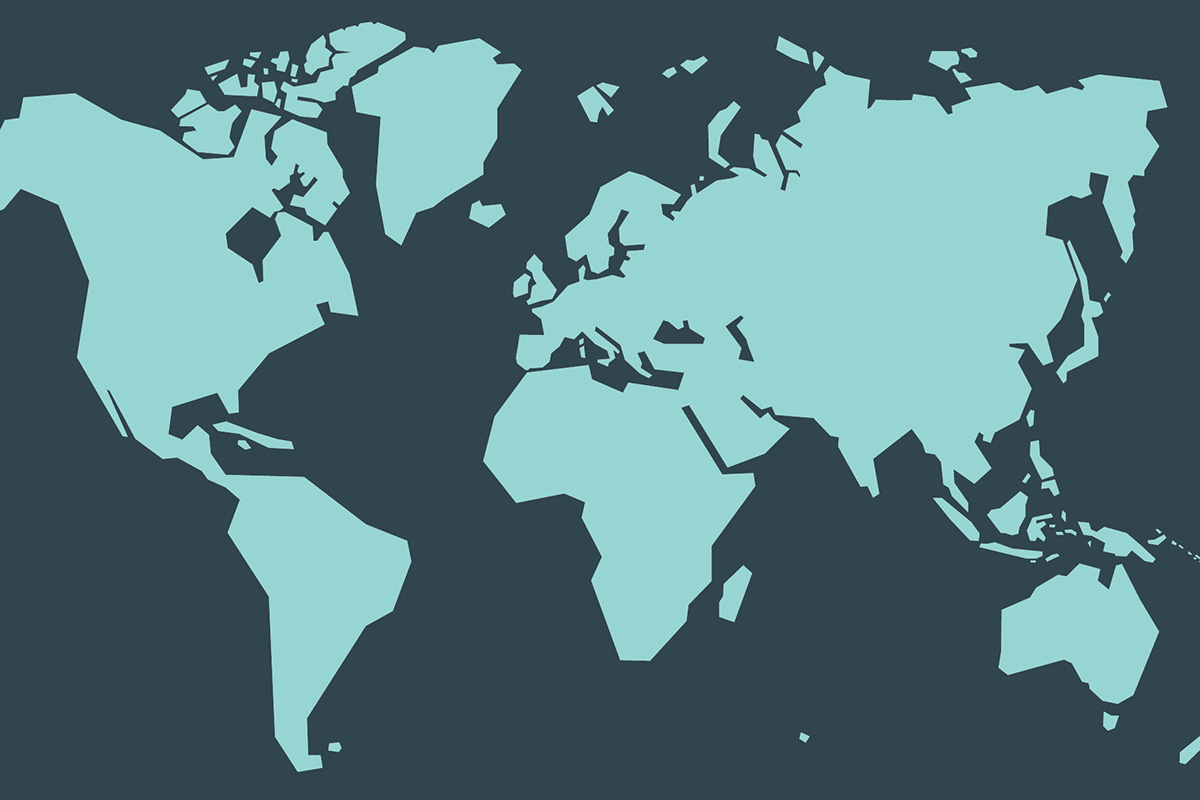[LUM#13] In the Mood for CoV
Improving global health monitoring and speeding up the decision-making process by providing health agencies with the right epidemic intelligence tools - that's what Mood is all about. This European project, launched in January, could not have come at a better time.

Although the time of science is not the time of current events, they can sometimes telescope quite brutally. Imagined in a world where Covid-19 did not yet exist, the Mood project (Monitoring outbreaks for disease surveillance in a data science context), which brings together 25 partners in 12 European countries and the USA, aims to assess and prioritize the needs of health agencies in order to co-construct new epidemic intelligence tools. The aim is to improve early detection of emerging pathogens and enable healthcare managers to react as quickly as possible.
Launched last January, the project has become - by necessity - a full-scale experiment. With the arrival of Covid, the European Commission very quickly asked us to redeploy resources to meet the immediate needs of the agencies," explains Renaud Lancelot, researcher at the Astre* laboratory and scientific coordinator of the project. TheEuropean Agency for Disease Prevention and Control (ECDC), based in Stockholm, was our main contact during this period".
A question of time
Because in times of crisis, time is of the essence, the team coordinated by Renaud Lancelot carried out the research, data collection and analysis work that saturated health agencies were unable to carry out. " In particular, we were asked to work on human mobility, to provide agencies with maps and time series representing this mobility, so that they could be integrated into epidemic diffusion models", and thus to test different pandemic control and surveillance scenarios, foremost among which is containment.
Another focus for the Mood consortium is the analysis and evaluation of data produced by these same agencies. TheECDC has produced a chronological series of mortality cases in Europe and worldwide. This work was unanimously acclaimed, but paradoxically the agencies were unable to analyze it due to lack of time and resources. " We have summarized this series in the form of a dashboard, so that the data collected by the ECDC can be used by the agency, and so that decision-making is based on the most up-to-date information possible".
Detecting weak signals
Mood also proposes to improve the detection of weak signals of the onset of an epidemic. These signals must correspond to a proven potential danger," explains Renaud Lancelot. For Covid, there have already been several coronavirus emergences, so we know that this could give rise to a major pandemic episode."
In this hunt for weak signals, no holds are barred. We use all available means to detect health risks among all accessible information", explains the epidemiologist. If you want to draw a parallel, epidemic intelligence is a bit like espionage. While the researchers rely on official reports produced by the agencies, they don't neglect unofficial information either: analysis of social networks (see box), rumours, non-specific signs... And here again, it's all a question of tools.
Generating secure data flows, creating dynamic maps and tables to track trends, developing text mining software and smartphone applications... The range of tools for estimating the probability of a virus outbreak is varied, but as Renaud Lancelot points out, only their appropriation by health agencies and the implementation of a short information circuit can have a real impact on public health. "That's the whole point of investing in fundamental approaches, having the tools, methods and networks already in place, because when a crisis occurs, there's no question of improvising."
Social networks, the weapon of mass prevention
Anticipating the level of local transmission by analyzing social networks is the ambition of the DigEpi project, for "digital epidemiology", funded by the FrenchNational Research Agency and the Occitanie region. The principle is simple: analyze people's discourse on social networks, particularly Twitter, by subjecting key words such as Covid-19, hydroxychloroquine or containment to algorithms. " We then observe how these themes fluctuate, and compare these curves with mathematical models of actual contamination, in order to anticipate a possible peak in contamination," explains Benjamin Roche, Director of Research atIRD.
These analyses also provide the anthropologists working on this project with valuable insights into the dynamics of the feelings expressed by the population. They also enable us to characterize public behavior and reactions to the measures taken. "Will people isolate themselves, go outside, wear masks, spread rumours or find out about treatments? All these elements will enable us to better understand the public's perception of the various measures," explains the epidemiologist. Begun in April in 4 major French cities, including Montpellier, the study will last 18 months before being extended to all French departments and Mexico.
UM podcasts are now available on your favorite platforms (Spotify, Deezer, Apple podcasts, Amazon Music...).
*ASTRE Animal - Health - Territories - Risks - Ecosystems research unit (CIRAD - INRAE)